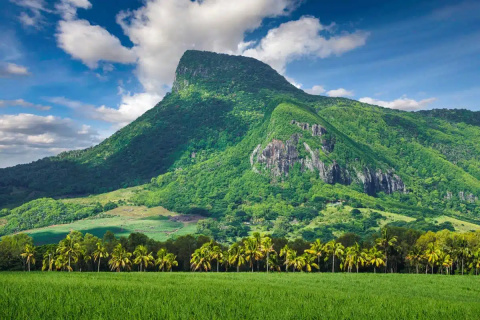Nestled in the Indian Ocean like a hidden emerald, Mauritius beckons travelers with its pristine beaches, lush mountains and a vibrant mosaic of cultures. Far more than just a honeymoon destination, this island nation offers a blend of relaxation and exploration that captivates the soul. From hiking volcanic peaks to savoring spicy street food, Mauritius is a place where every corner tells a story.
Mauritius’ history is a compelling saga of discovery, colonization, and resilience. Uninhabited until the 16th century, the island was first sighted by Arab sailors, but it was the Portuguese who landed in 1507, naming it after a passing ship.
However, it was the Dutch who established the first permanent settlement in 1598, christening it after Prince Maurice of Nassau. They introduced sugar cane, which would become the backbone of the economy, but abandoned the island in 1710 due to cyclones and pests.
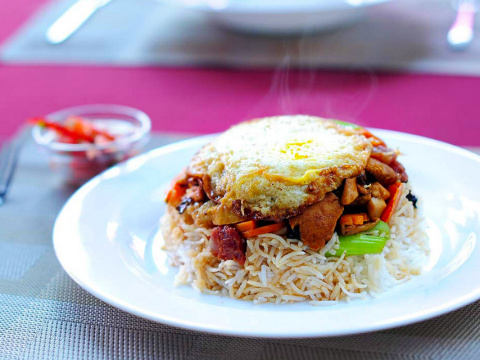
The French took over in 1715, renaming it Île de France and transforming it into a prosperous naval base. Under Governor Mahé de La Bourdonnais, Port Louis flourished as a hub for trade and privateering. Slavery was rampant, with Africans brought to work the plantations.
In 1810, the British captured the island during the Napoleonic Wars, reverting the name to Mauritius and abolishing slavery in 1835. To replace the labor force, they imported indentured workers from India, shaping the island’s demographic today – over two-thirds of Mauritians are of Indian descent.
Independence came in 1968, and Mauritius evolved from a sugar-dependent economy to a diversified one, boasting one of Africa’s highest GDPs per capita. Traces of this history linger in sites like Aapravasi Ghat, a UNESCO World Heritage site in Port Louis where indentured laborers first arrived, offering poignant exhibits on migration and resilience. Another must-visit is Le Morne Brabant, a basalt mountain symbolizing maroon slaves’ resistance – legend says many jumped to their deaths rather than be recaptured.
For a deeper dive, head to the Citadel Fort in Port Louis, a 19th-century British bastion offering panoramic views and cannons that whisper tales of battles long past.
Mauritius is a living testament to multiculturalism, where Hindus, Muslims, Christians, and Buddhists coexist harmoniously. This “rainbow nation” draws from African, European, Indian, and Chinese influences, creating a unique Creole culture that’s warm, welcoming, and full of surprises.
The lingua franca is Mauritian Creole, a French-based patois sprinkled with English, Hindi, and African words – don’t be surprised if locals switch seamlessly between languages. Festivals light up the calendar: Diwali’s lanterns illuminate Hindu homes, Chinese New Year brings dragon dances to Chinatown in Port Louis, and Eid celebrations fill mosques with prayer and feasts.
Music and dance are the heartbeat of Mauritian culture. Sega, an Afro-Creole rhythm born from slave songs, features hypnotic beats on ravannes (goatskin drums) and maracas. Catch a live performance at a beach bonfire or during the annual Sega Festival – it’s impossible not to sway along. Artisans in villages like Flacq craft intricate model ships and woven baskets, often sold at bustling markets where haggling is an art form.
Respect is key in this polite society. When visiting temples like the colorful Ganga Talao (a sacred Hindu lake crater), cover your shoulders and remove shoes. Engage with locals – they’re eager to share stories over a cup of vanilla tea, a nod to the island’s spice heritage.
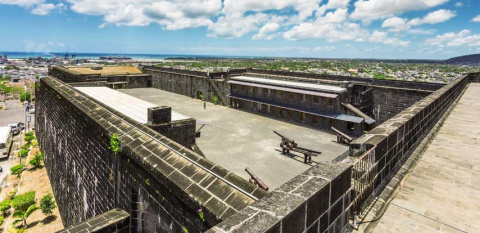
Life in Mauritius moves at a gentle pace, embodying the Creole phrase “morisien” spirit – easygoing and optimistic. Mornings start with jogs along palm-fringed beaches or yoga sessions at sunrise. Afternoons might involve kitesurfing in the turquoise lagoons or hiking in Black River Gorges National Park, home to endemic birds like the pink pigeon.
Urban life pulses in Port Louis, where colonial architecture meets modern malls. The Central Market is a sensory overload: vendors hawk fresh pineapples, exotic spices, and dholl puri (lentil-filled flatbreads). Evenings often end with rum tastings – Mauritius produces world-class varieties infused with local vanilla or coffee.
Sustainability is woven into the lifestyle. Many resorts emphasize eco-tourism, like dolphin-watching tours that adhere to ethical guidelines. For adventure seekers, quad biking through sugar cane fields or zip-lining over waterfalls offers thrills amid stunning scenery. Families love Casela Nature Park, where you can walk with lions or feed giraffes.
Recent travelers rave about unique stays, like bubble lodges on Ile aux Cerfs, where you sleep under the stars in transparent domes – perfect for anniversaries or romantic getaways.
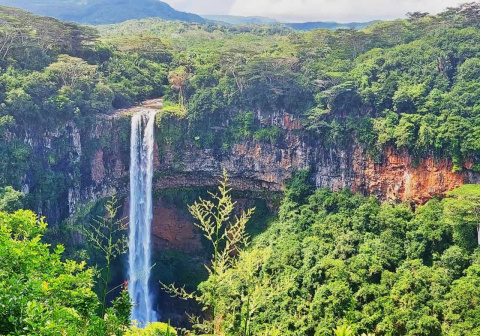
Mauritian cuisine is a delicious fusion, reflecting its diverse roots. Indian curries meet Chinese stir-fries, French sophistication, and African boldness, all spiced with local flair. Seafood reigns supreme – fresh octopus curry or grilled marlin from the daily catch.
Start with street food: Gateaux piments (chili cakes) or boulettes (dumplings in broth) from vendors in Rose Hill. For a classic, try rougaille, a tomato-based stew with sausage or fish, served with rice and lentils. Vindaye, pickled fish with mustard and turmeric, nods to Indian influences, while bol renversé – a “magic bowl” of upside-down rice, veggies, meat, and a fried egg—shows Chinese creativity.
Don’t miss a traditional Creole meal at a table d’hôte (home restaurant), where hosts serve family recipes like cari poulet (chicken curry) with achards (pickled veggies). Pair it with alouda, a milky drink with basil seeds and agar jelly, or Phoenix beer for a local twist.
Farm-to-table is thriving, with organic produce from the island’s fertile soil. Visit a rum distillery like Chamarel for tastings amid sugarcane fields – their coffee rum is a revelation.
Getting to Mauritius is straightforward – fly into Sir Seewoosagur Ramgoolam International Airport from major hubs. The best time to visit is May to December for cooler, drier weather, though shoulder seasons offer deals. Budget travelers, note: off-peak months like August can save up to 50% on accommodations.
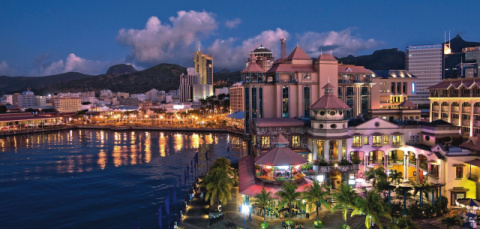
Rent a car for flexibility – the island is compact (40 to 28 miles), with well-maintained roads. Public buses are cheap but crowded; taxis or rideshares like InDriver are convenient. Start in the north at Grand Baie for beaches and nightlife, then head east to Belle Mare for serene lagoons and snorkeling.
In the south, explore wilder landscapes: swim with dolphins off Tamarin Bay or hike Le Morne for UNESCO-listed views. The west offers sunsets over Flic en Flac beach, while the central plateau’s tea plantations in Bois Cheri provide a cool respite.
Pack reef-safe sunscreen, insect repellent, and modest clothes for religious sites. Currency is the Mauritian rupee; cards are widely accepted. Health-wise, no mandatory vaccines, but hepatitis A and typhoid are recommended.
Recent tips from travelers: Book unique experiences like tortoise encounters or luxury hikes in advance, and explore microclimates – rain in the center means sun on the coast!
Mauritius isn’t just a destination; it’s an experience that lingers like the scent of frangipani. Its history teaches resilience, its culture celebrates diversity, its lifestyle invites serenity, and its cuisine tantalizes the palate.
Here you can scale mountains, dive into azure waters or simply sip rum at sunset, this island paradise reminds us of the beauty in blending worlds. Plan your trip today – Mauritius awaits with open arms and endless wonders.
By Charles Dornier, Port Louis
© Preems

